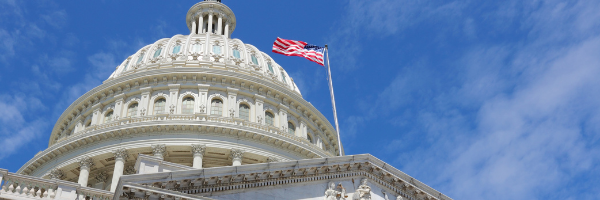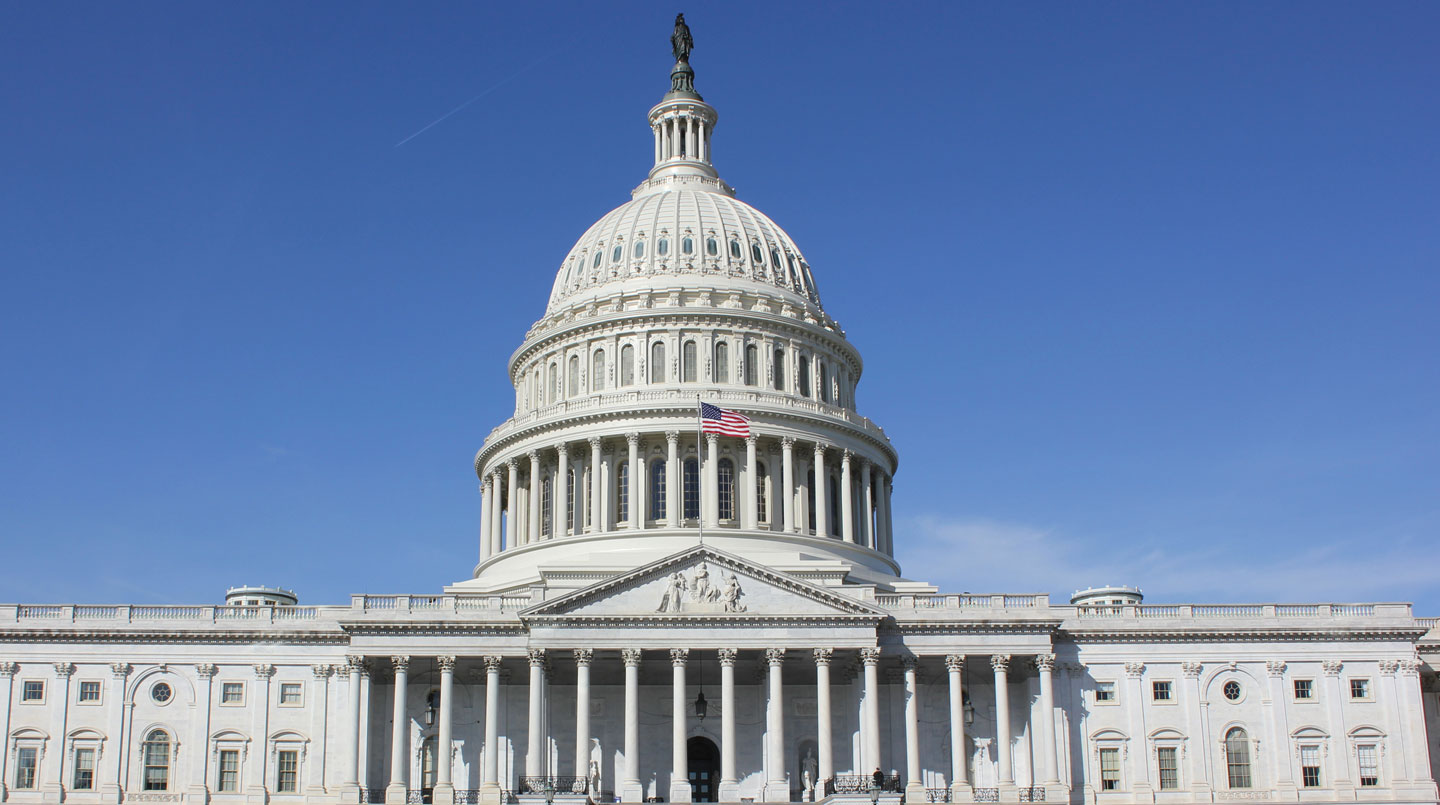Category: 2022 elections
-
Previewing U.S. House general elections

Elections to the United States House of Representatives will take place on November 8, 2022. The seats of all 435 representatives are up for election this year, along with the seats of five of the six non-voting members of the U.S. House. Democrats maintained their majority in the in the 2020 elections, winning 222 seats…
-
Previewing U.S. Senate general elections

Elections to the United States Senate will be held on November 8, 2022. Thirty-four of the 100 seats are up for regular election. Those elected to the U.S. Senate in the 34 regular elections will begin six-year terms on January 3, 2023. Two special elections are also scheduled for November 8. One special election will…
-
Campaign behind a ballot initiative to increase the minimum wage in Nebraska submits signatures

On July 7, Raise the Wage Nebraska, the campaign behind a ballot initiative to increase the state’s minimum wage to $15 by 2026, submitted over 152,00 signatures to the secretary of state. Currently, the minimum wage is $9 per hour. In Nebraska, the number of signatures required to qualify an initiated state statute for the…
-
Andy Levin and Haley Stevens running in incumbent-vs.-incumbent Democratic primary in Michigan’s 11th Congressional District

U.S. Rep. Andy Levin and U.S. Rep. Haley Stevens are running in a Democratic primary for Michigan’s 11th Congressional District on August 2, 2022. This race is one of several incumbent-vs.-incumbent primaries occurring for the U.S. House in 2022 as a result of congressional redistricting. Michigan lost one congressional district following the 2020 census, and…
-
Seventeen candidates running in New York’s 10th Congressional District Democratic primary

Seventeen candidates are running in New York’s 10th Congressional District Democratic primary on August 23, 2022. Candidates receiving significant media attention are U.S. Rep. Mondaire Jones, who was elected in 2020 to represent the 17th District and is running in the 10th after redistricting; former New York City Mayor Bill de Blasio; prosecutor Daniel Goldman;…
-
Three candidates running in Republican primary for Kansas Attorney General

Kris Kobach, Tony Mattivi, and Kellie Warren are running in the August 2, 2022, Republican primary for Kansas attorney general. Incumbent Derek Schmidt (R) is running in the Republican primary for Kansas governor. Kobach served as the Kansas secretary of state from 2011 to 2019. Kobach ran unsuccessfully for Kansas governor in 2018, losing to…
-
Two Massachusetts ballot initiatives filed a second round of signatures for a spot on the November ballot

The Massachusetts Secretary of State reported on July 7 that two ballot initiatives had filed a second round of signatures on July 6. One initiative would incrementally change the number of retail alcohol licenses an establishment could own from no more than 12 in 2023 to no more than 18 by 2031. It would also…
-
Halfway through the primary calendar, the number of state legislative incumbents defeated in primaries is up 65%

State legislative incumbents are losing to primary challengers at an increased rate this year compared to 2020. Across the 26 states that have held primaries so far, 132 incumbents—27 Democrats and 105 Republicans—have lost. This represents a 65% increase from 2020 among these states. This increase has been driven by Republican losses, which are up…
-
Primary watch: number of contested state legislative primaries is up 28% compared to 2020

There are 28% more contested state legislative primaries this year than in 2020, including 57% more Republican primaries and 18% more top-two/four primaries. Democratic primaries are down 8%. These figures include elections in 32 states that account for 4,050 of the 6,166 state legislative seats up for election this year (66%). A primary is contested…
-
No Kansas’ U.S. House incumbents face primary challengers for the first time since 2012

The filing deadline for candidates running for Congress in Kansas this year was June 1, 2022. Nine candidates are running in Kansas’ four U.S. House districts, including four Democrats and five Republicans. That’s 2.25 candidates per district, down from 4.75 in 2020 and six in 2018. Here are some other highlights from this year’s filings:…

